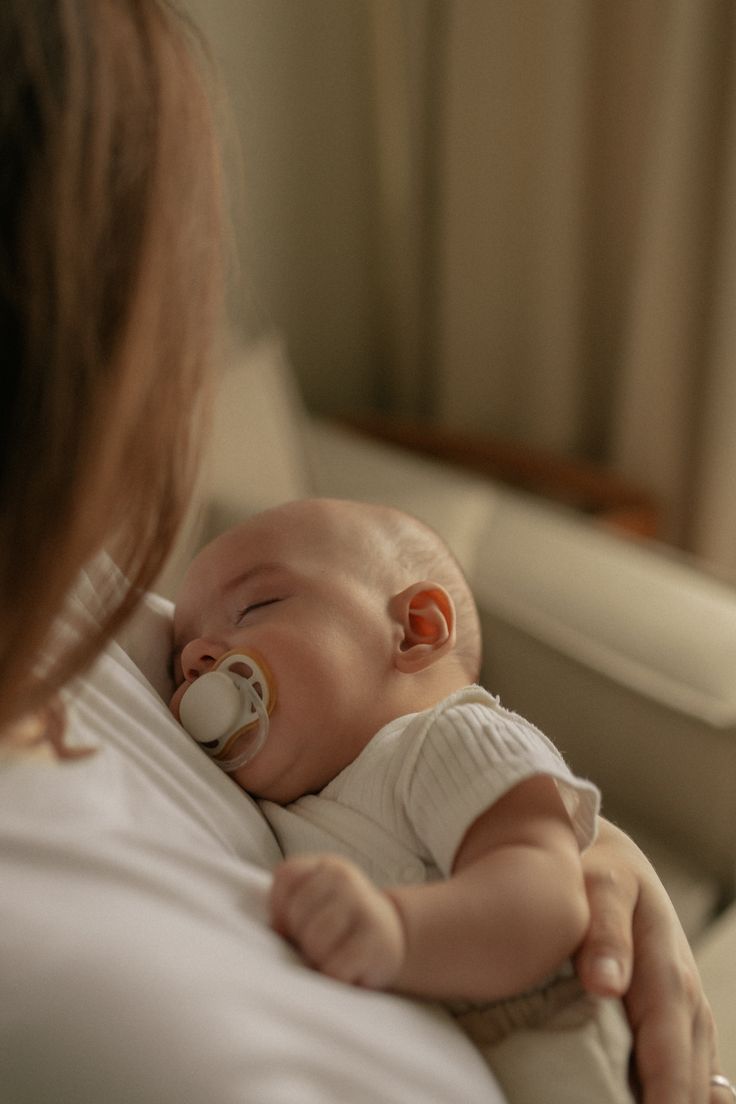
Using a teat while breast-feeding
Hello, dear mothers of 23 Mai Paris ! Today, we're going to tackle a subject that raises a lot of questions and diverging opinions: the use of pacifiers in breastfed babies. Is it a good thing, a bad thing? Does it affect breastfeeding? We'll examine this question together, with clear information and practical advice so you can make the best decision for you and your babies!
The pacifier and breastfeeding: a delicate link
Whether you call it a pacifier, a soother or a peacemaker, this little object is often associated with baby's calm and comfort. Yes, it can be a great ally! But when we're breastfeeding, it's natural to wonder how its use might interact with this special and fundamental process.
The main concern is usually the notorious "nipple-nipple confusion". This term refers to the possibility that, as the baby becomes accustomed to the feel and flow of an artificial nipple (such as a pacifier or bottle), he or she may subsequently find it difficult to take the breast correctly, or even refuse to do so. This is because the sucking technique is different: sucking the mother's nipple requires more active work on the baby's part, with undulating movements of the tongue, whereas the bottle or teat can offer a more constant flow and require less effort.

When is the right time to introduce the pacifier (if you decide to do so)?
Patience is the key here, ladies. Most experts and organizations recommend waiting until breastfeeding is well established before offering the pacifier. This usually happens around 4 to 6 weeks of age.
Why wait?
- Establishing breastfeeding: In the first few weeks, you and your baby learn the art of breastfeeding together. It's essential that your baby learns to latch on well and that your milk production adapts to his needs. Introducing a pacifier too early could disrupt this learning process and the frequency of feedings, which could affect your milk production.
- Avoid confusion In the meantime, you're giving your baby the chance to master the breastfeeding technique before discovering another.
- Recognizing the signs of hunger: Newborns need to be fed frequently. Systematically using the pacifier to soothe him could mask the first signs of hunger and cause him to skip important feeds.

Potential benefits of pacifiers (used responsibly) :
Despite the precautions to be taken, pacifiers can also offer advantages when used responsibly:
- Soothing effect: Babies have a natural sucking reflex that comforts them. A pacifier can help satisfy this non-nutritive sucking need, especially between feeds or when they're restless.
- Helps babies fall asleep: For some babies, the pacifier can be an element that helps them relax and fall asleep.
- Reduced risk of Sudden Infant Death Syndrome (SIDS): Several studies have suggested that pacifier use during sleep (once breastfeeding is established) may be associated with a reduced risk of SIDS. It is important to stress that the pacifier is only one factor among others and does not replace other sleep safety measures.

Potential risks or disadvantages of pacifier use :
It is also essential to know the other side of the coin:
- Interference with breastfeeding: as mentioned, if introduced too early or used to replace feeds, it can have a negative effect on breastfeeding.
- Dental problems: Prolonged and constant use of the pacifier, especially beyond the age of 2-3, could be linked to problems with tooth alignment.
- Otitis media : Some studies suggest a possible link between frequent pacifier use and a slight increase in the incidence of ear infections.
- Dependence: Some babies can become very dependent on the pacifier to calm down or fall asleep, which can make weaning difficult.
- Hygiene: Nipples must be cleaned and sterilized frequently to avoid the proliferation of germs and fungi, such as thrush (oral candidiasis), which could be transmitted to the mother's nipple.
Tips for conscious use of the teat if you are breastfeeding:
If you decide to give your baby a pacifier, do it strategically!
- Wait for the right time: not before 4 to 6 weeks, and make sure that breastfeeding is going well.
- Do not use it to replace or delay feedings: breastfeeding is on demand. If your baby is hungry, offer him the breast first. If necessary, use the pacifier after or between feeds.
- Observe your baby: not all babies need or want a pacifier. If he refuses it, don't force him. There are other ways to calm a crying baby.
- Limit its use to certain situations: perhaps only for sleeping or at specific times when your baby is very irritable.
- Ensure impeccable hygiene: wash the teat frequently with soap and water, and sterilize it according to the manufacturer's recommendations. Check that it's in good condition, and replace it if damaged.
- Choose the right one: Look for orthodontic teats, designed to fit baby's mouth better. Models are available in silicone or latex.
- Be aware of "confusion": if you notice your baby starting to have difficulty latching on or seems frustrated, consider temporarily reducing or eliminating pacifier use, and seek advice from a lactation consultant if necessary.
- Think about weaning (from the pacifier): it is recommended to limit its use until the age of 12 months to avoid other undesirable effects and because at this age, the need for sucking diminishes. Plan how and when you will gradually withdraw it.

What if my baby seems confused? What should I do?
If you think your baby is suffering from confusion between breast and pacifier, don't worry! You can take action:
- Give preference to breast-feeding: Offer the breast more often, even before your baby shows obvious signs of hunger.
- Skin-to-skin contact: this magical contact helps to stimulate your baby's instinct to breastfeed and strengthen the bond.
- Patience and calm: try to create a relaxed atmosphere for breastfeeding.
- Hanging technique: make sure the grip is deep. You can check out our previous blogs for more breastfeeding tips, or ask a certified lactation consultant for help.
- Temporarily reduce or do away with the pacifier and bottle: give your baby a chance to "remember" how to breastfeed exclusively.
- Alternatives to the bottle: if you need to supplement breastfeeding, consider using alternative methods such as a cup, spoon or syringe (always under the supervision and recommendation of a professional).

Appropriate clothing: your ally during breastfeeding
While you're thinking about these decisions, don't forget that your comfort is also important. At 23 Mai Paris, we understand the needs of breastfeeding mothers. Our nursing garments are designed to enable you to nurse your baby discreetly and comfortably, wherever you are. Whether you decide to use a pacifier or not, quick and easy access to the breast is essential. Discover our Breastfeeding t-shirtsdresses and sweatshirts, perfect for this stage!

Your informed decision is the best
Ladies, there's no single right answer when it comes to pacifiers. The most important thing is that you have all the information you need to make an informed decision, always observing your baby's needs and reactions, and giving priority to establishing and maintaining successful breastfeeding.
Remember that every baby and every mother is unique. What works for one family may not work for another. Trust your instincts, get informed and don't hesitate to seek professional help if necessary. And to help you feel comfortable and elegant during this special time of year, don't forget to check out our collections on 23 Mai Paris !

Have you used a pacifier with your babies while breastfeeding? Share your experiences and tips in the comments! We love reading you and learning together.
Big kisses, the 23 Mai Paris team!
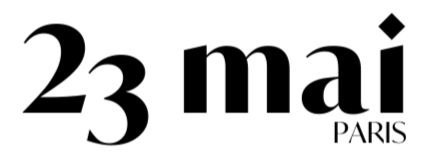
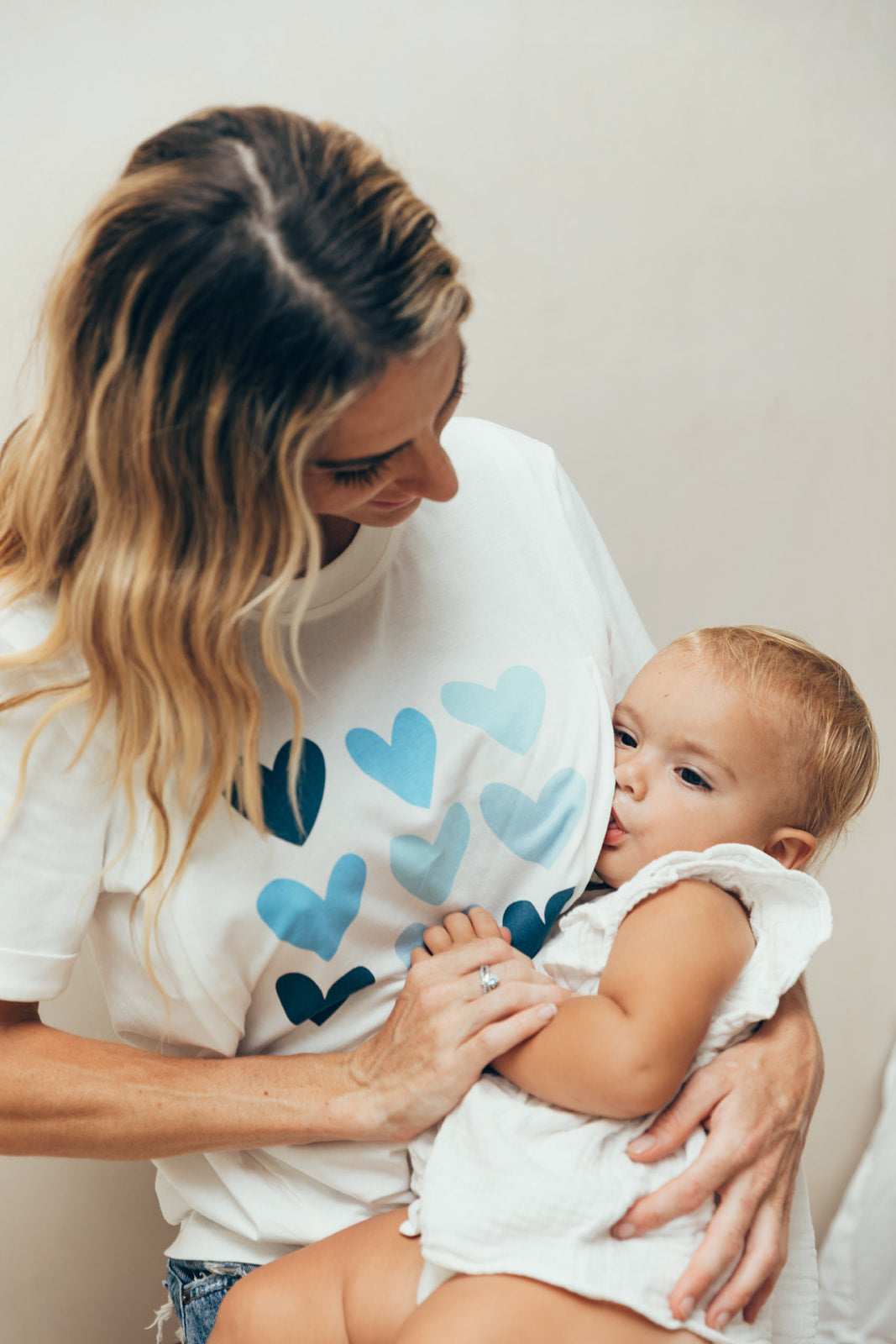
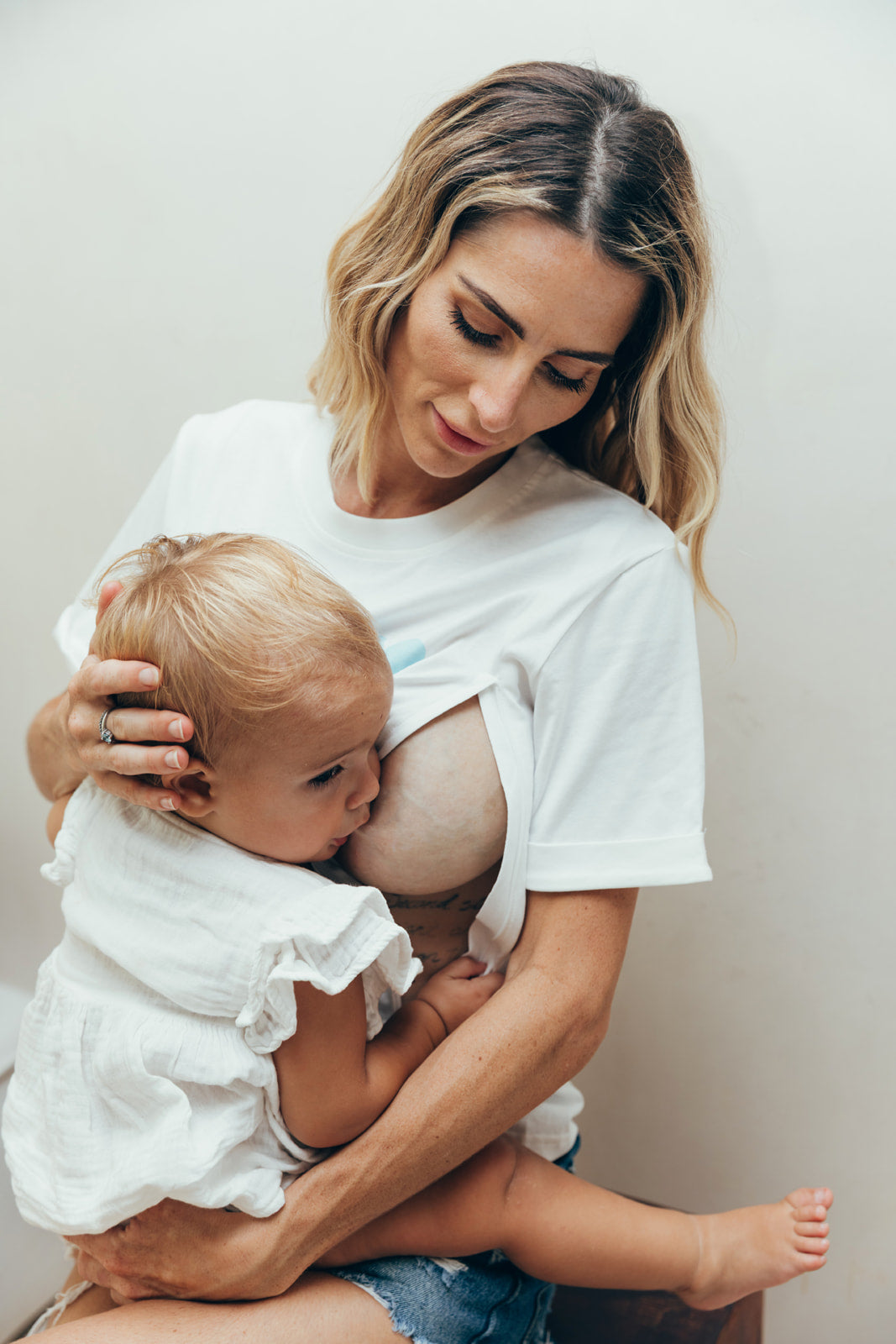
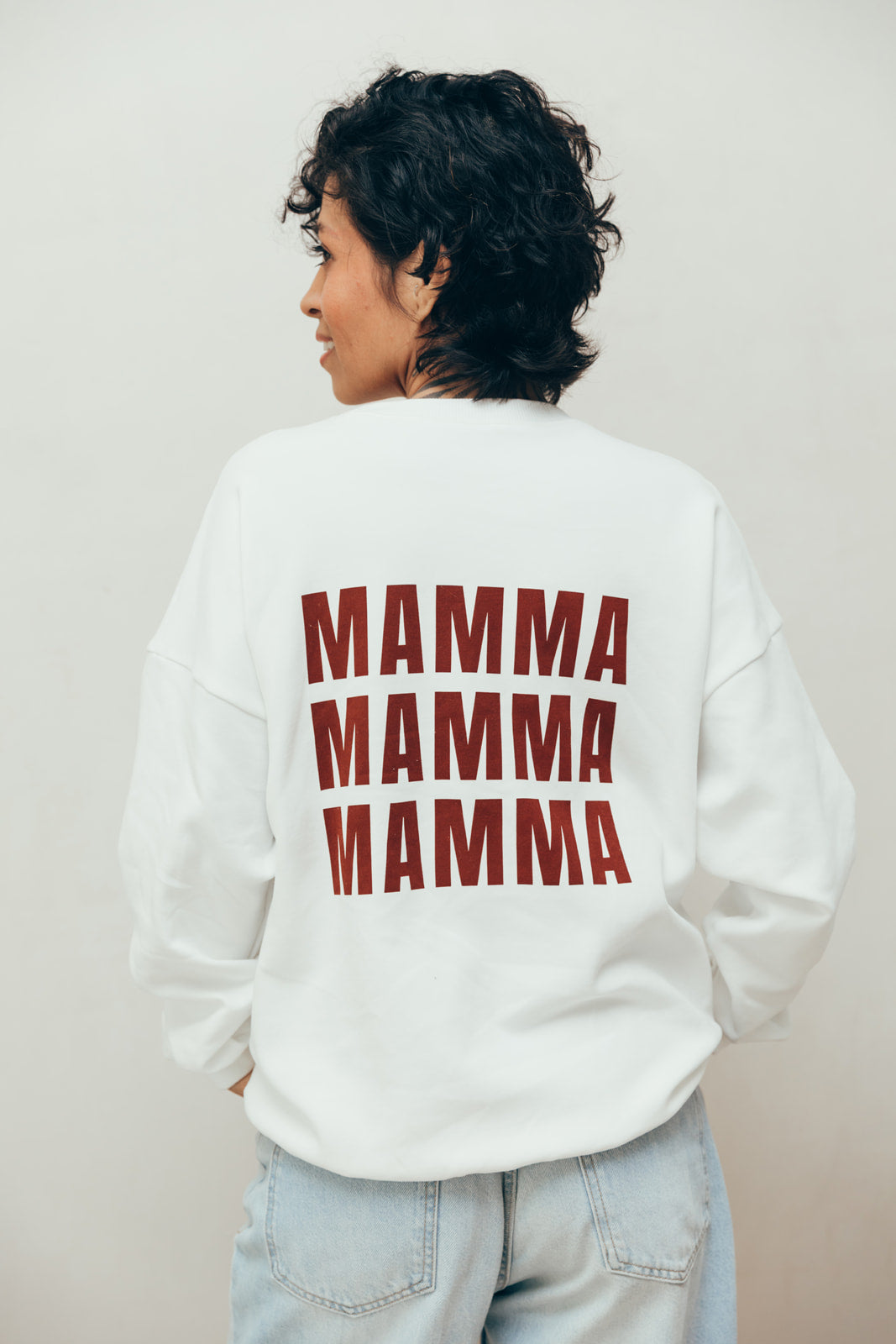

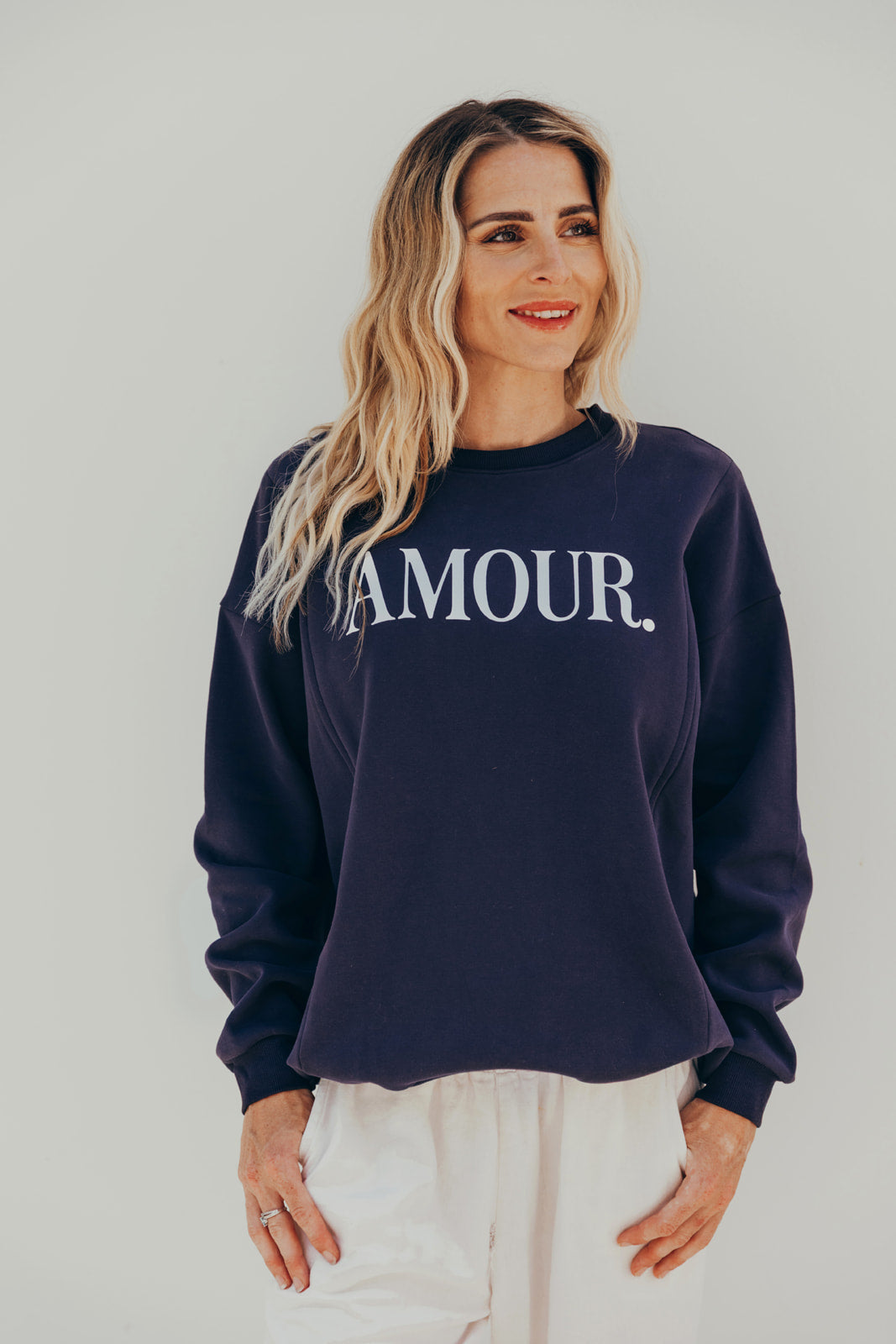
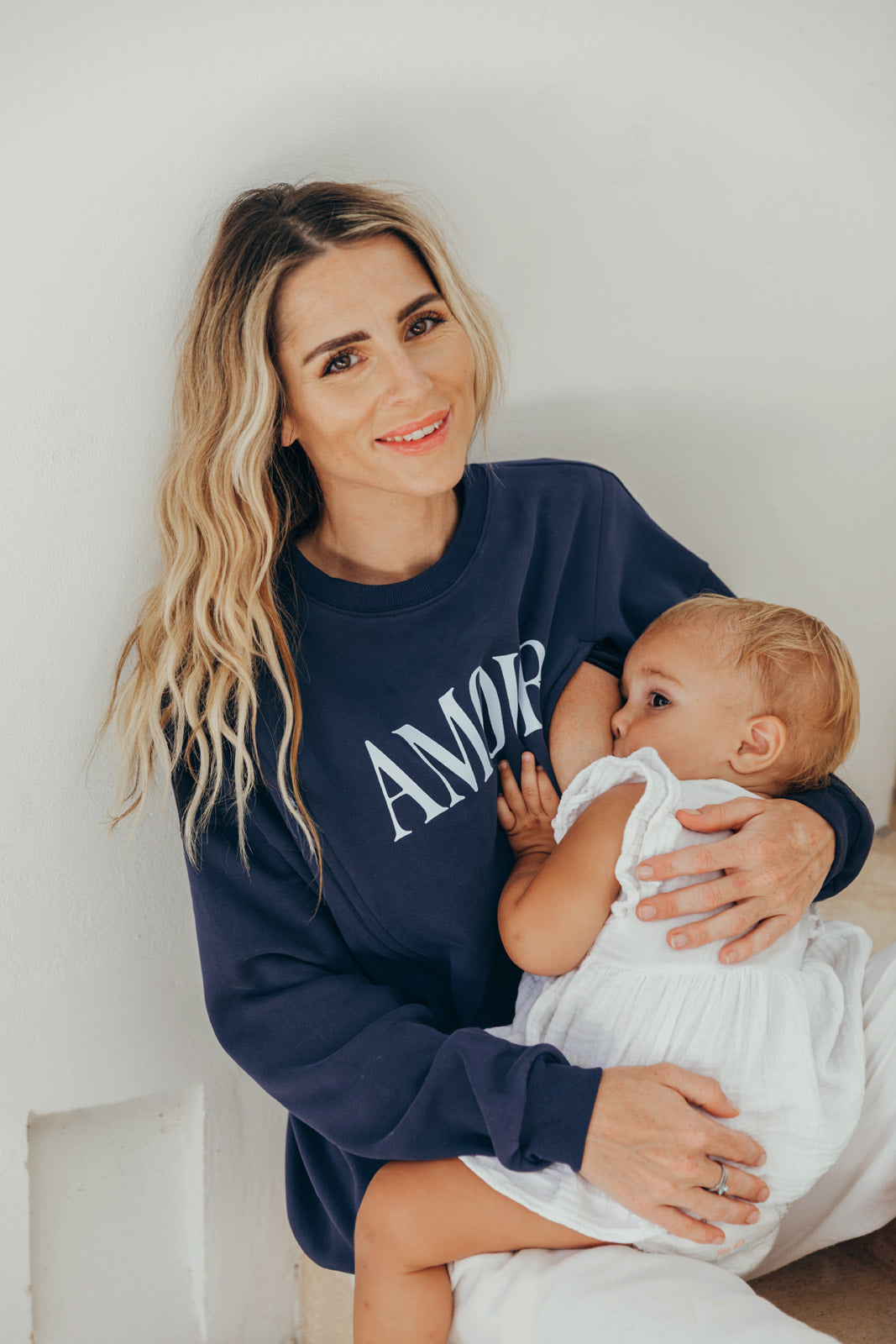
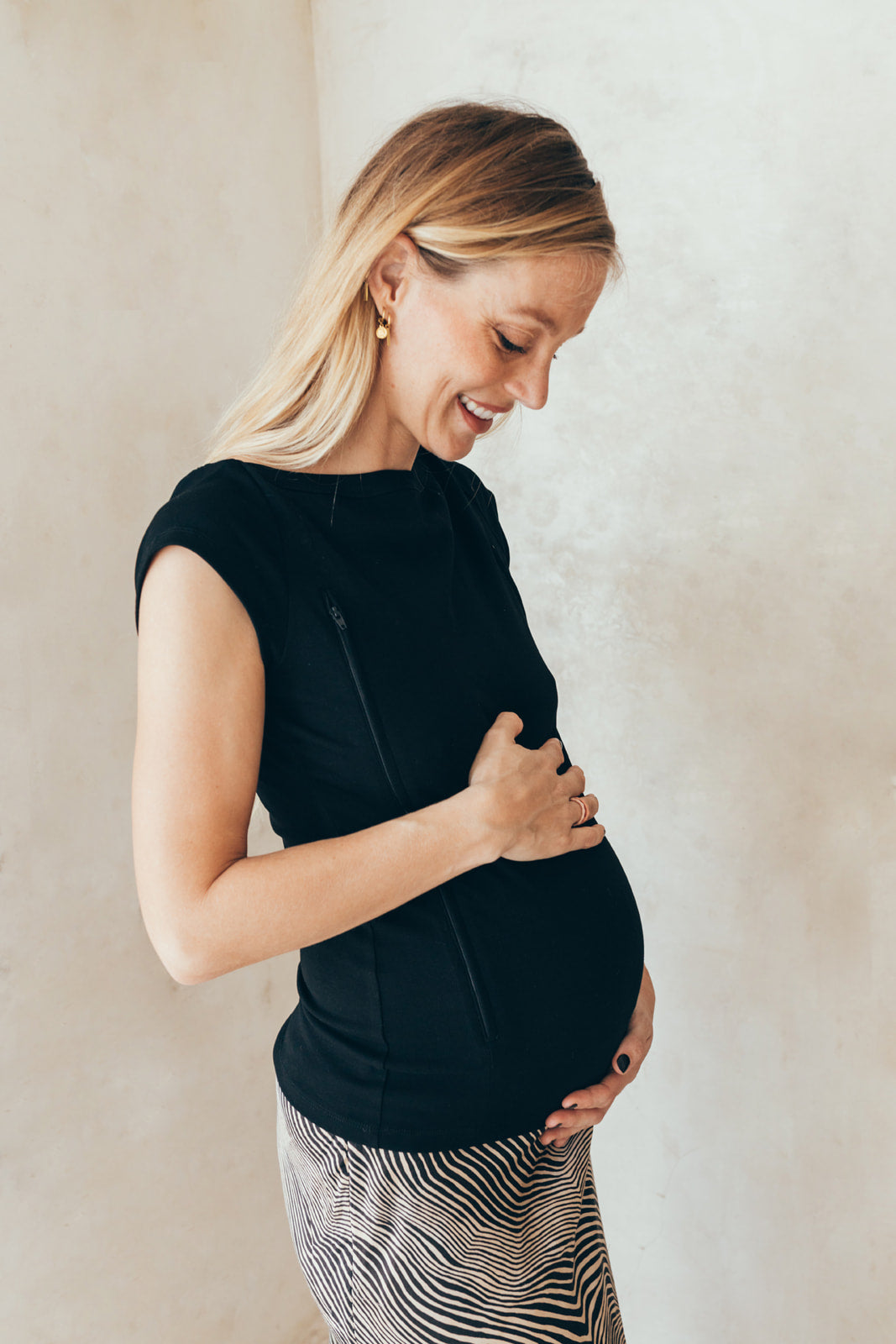

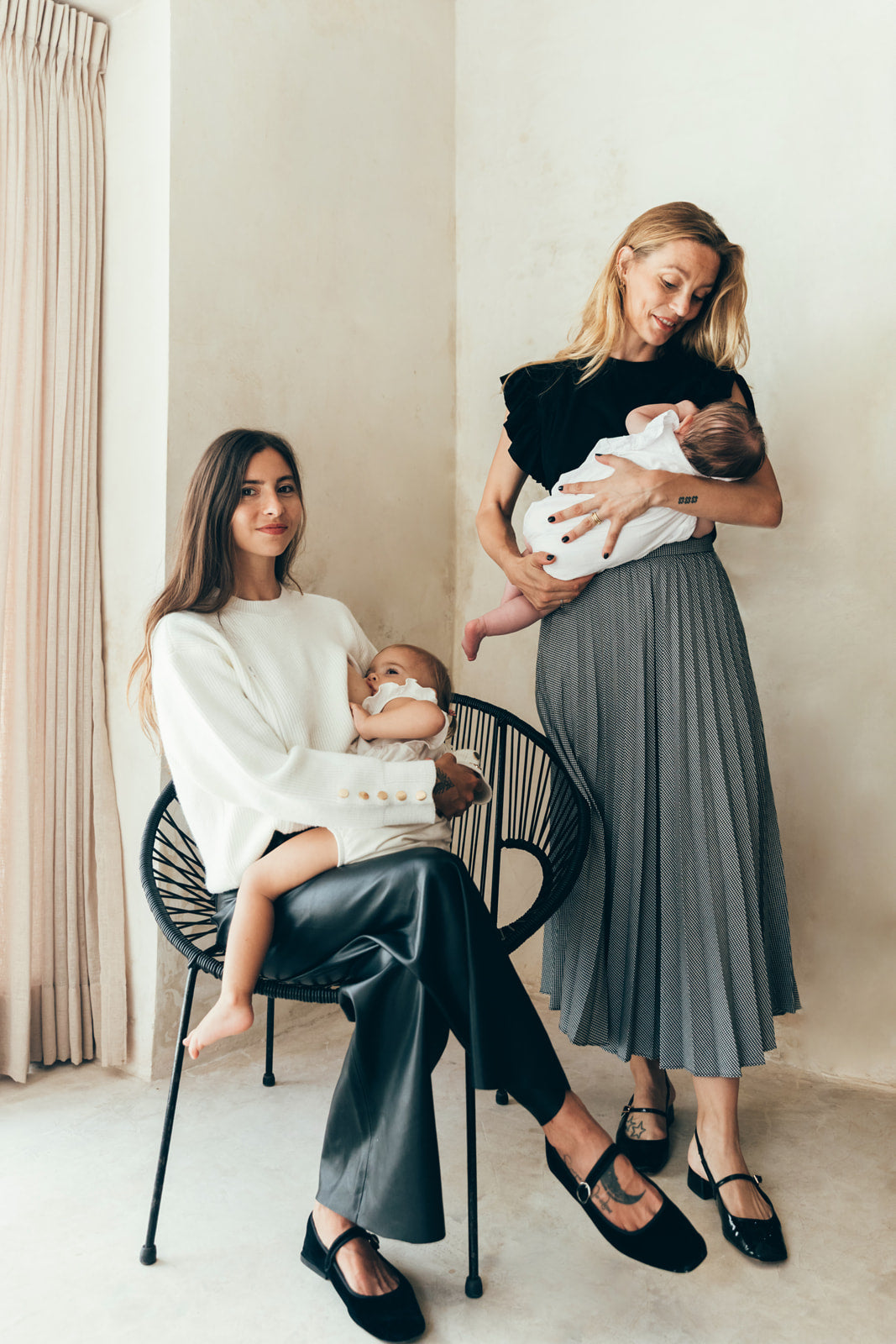
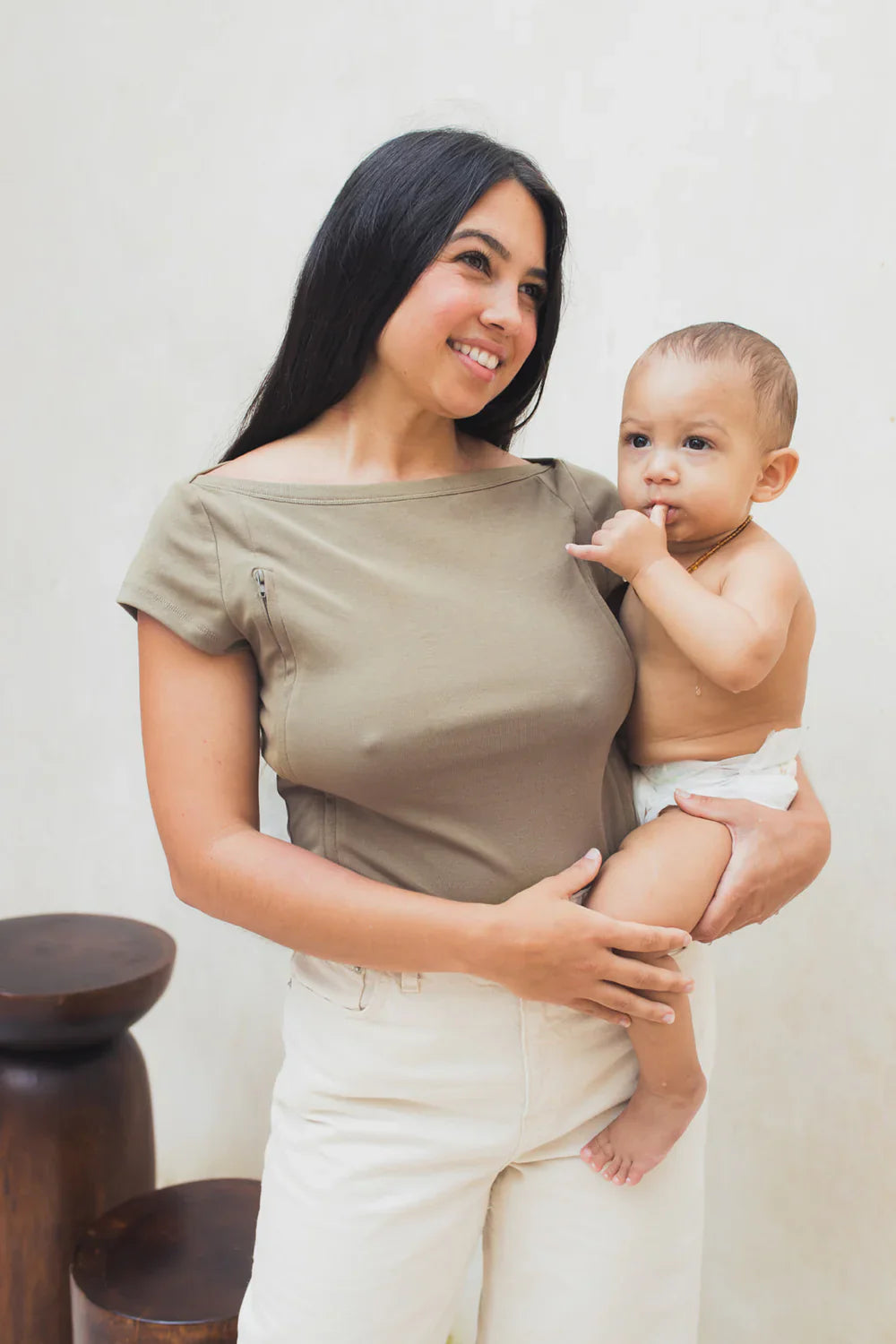
Leave a comment
This site is protected by hCaptcha, and hCaptcha's Privacy Policy and Terms of Service apply.